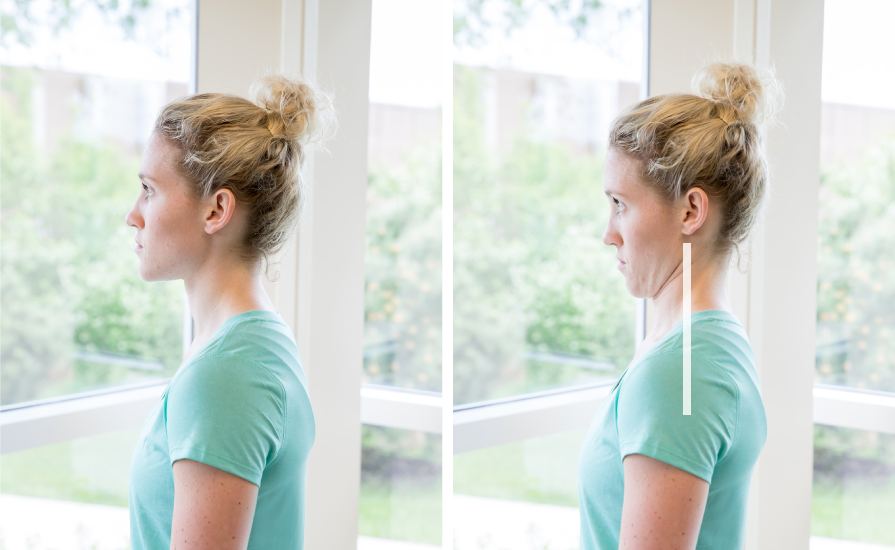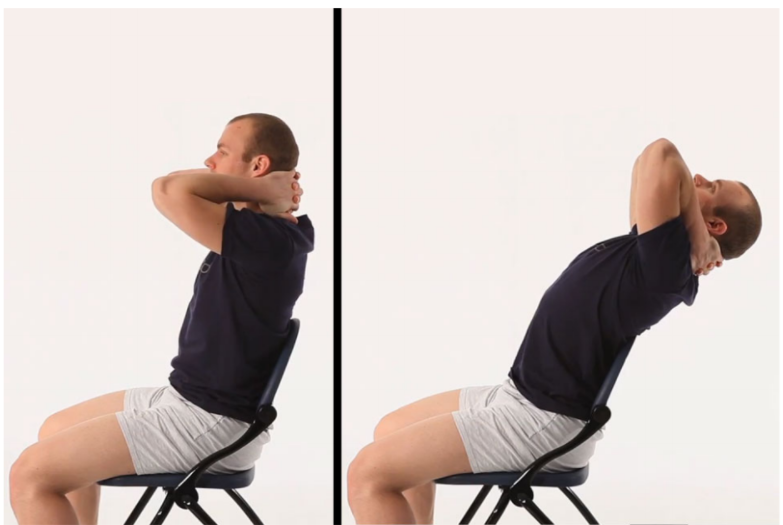How to Prevent Back Pain From Mechanical Stress
The spine is one of the most common sources of pain we see as muscle, bone and joint experts. No matter why, how, or where your pain is centralized - lower back, mid-back, or neck - most of us will experience spinal pain at some point in our life.
Most spine pain is mechanical, occurring when a joint between two bones has set in a position that overstretches the ligament or surrounding soft tissues of that joint.
What causes spine pain?
Pain can result from an injury such as a fall, car accident, or lifting injury, and most forms of mechanical pain in the spine are due to heavy, sustained load bearing. From postural stresses, daily activities, or repetitive work tasks, many things can cause pain in the spine.
Many of us spend several hours in positions that promote poor posture. Prolonged sitting during work, rounding our back during daily activities, looking down for extended periods, and sitting with our head tilted forward, which, over time, can lead to mechanical pain in the spine.
How mechanical spine pain works
Mechanical pain from prolonged stress can be explained through a simple experiment; grab and pull your finger as far back as you can go without feeling pain. Although you'll feel fine at first, that sensation will start to get slightly uncomfortable after a few minutes. Now stop and imagine doing that for 8 hours straight. It would be very uncomfortable.
Preventing mechanical spine pain
Your muscles and tissue begin to strain and overstretch over time. This is how mechanical pain develops in the spine and injuries such as strains, sprains, disc pathology, and sciatica-type pains begin.
You can limit postural stress in daily activities by integrating other movements into your routine and help ultimately negate the onset of mechanical pain in the spine.
These simple exercises can help negate the effects of poor posture and postural stress:
 |
Neck Stretch
|
|
Middle Back Stretch
|
 |
 |
Lower Back Stretch
|
For pain prevention, these exercises should be performed 1-2 times per day for a total of 10 repetitions throughout your day.
Just as we brush our teeth 2-3 times per day to prevent cavities, we can perform these simple spine exercises to lower the risk of mechanical spine pain.
Share
